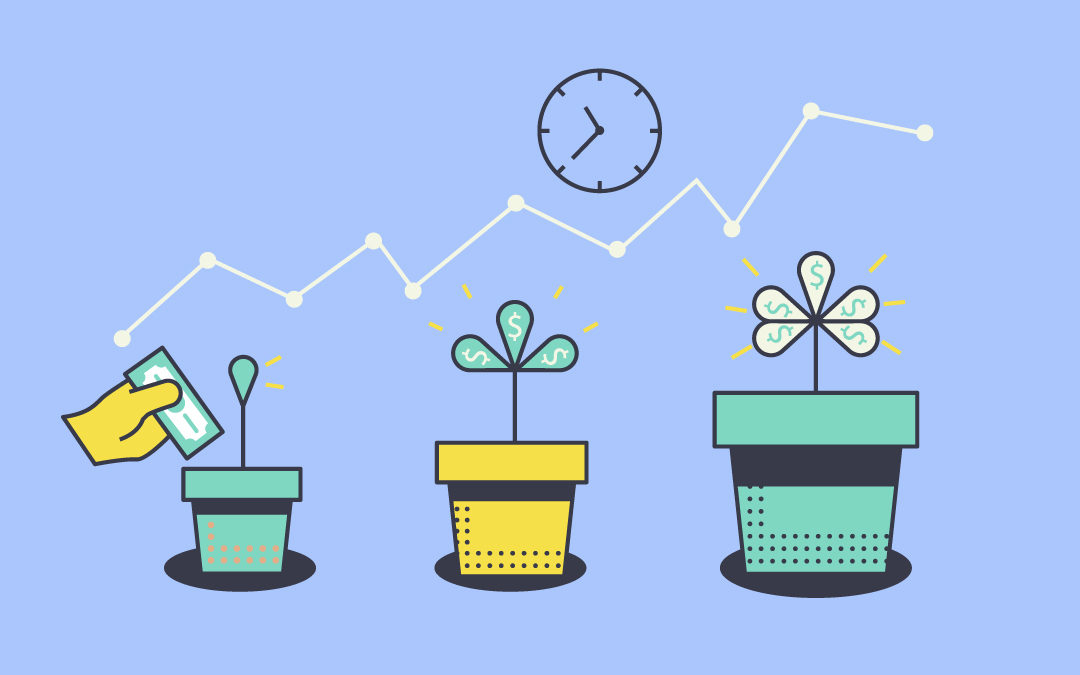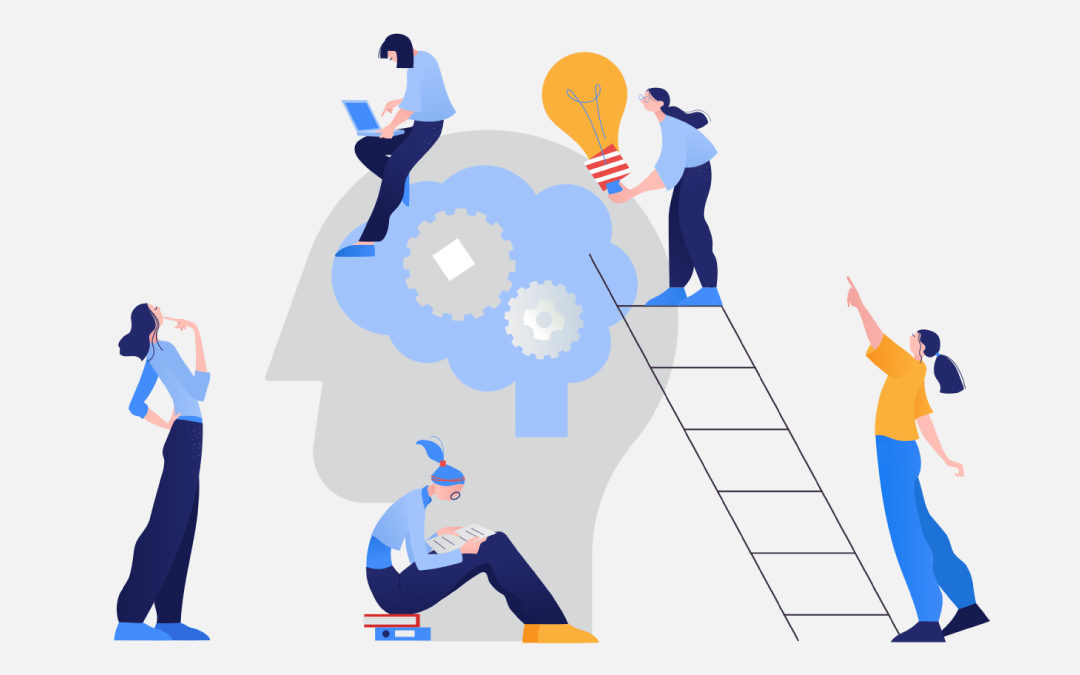
Too. Many. Choices. Yes, Over-Branding Is a Thing.
I walked into my favorite hair and body care store last week, looking for my usual hair product — you know, the one that protects hair before you heat-style it. I couldn’t remember the name of the product but I figured I’d easily recognize it once in the store. I couldn’t have been more wrong. As it turns out, the product I use is just one member of a family of products prone to over-branding that all have adjacent but different uses. The family has a common name but each sub-product has a distinct name to indicate its use. Easy, right? No, not easy. A knowledgeable and patient...
Read more >









